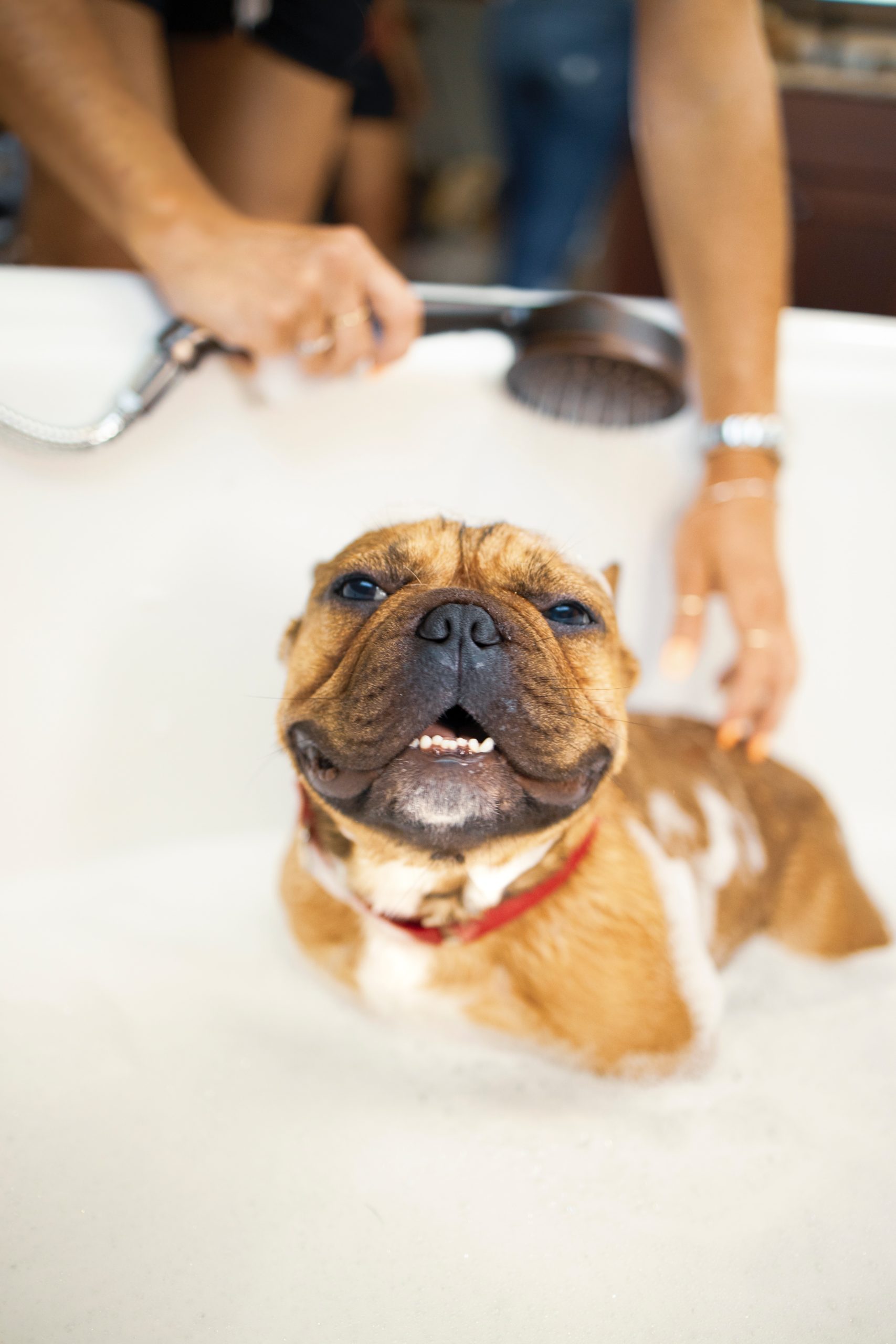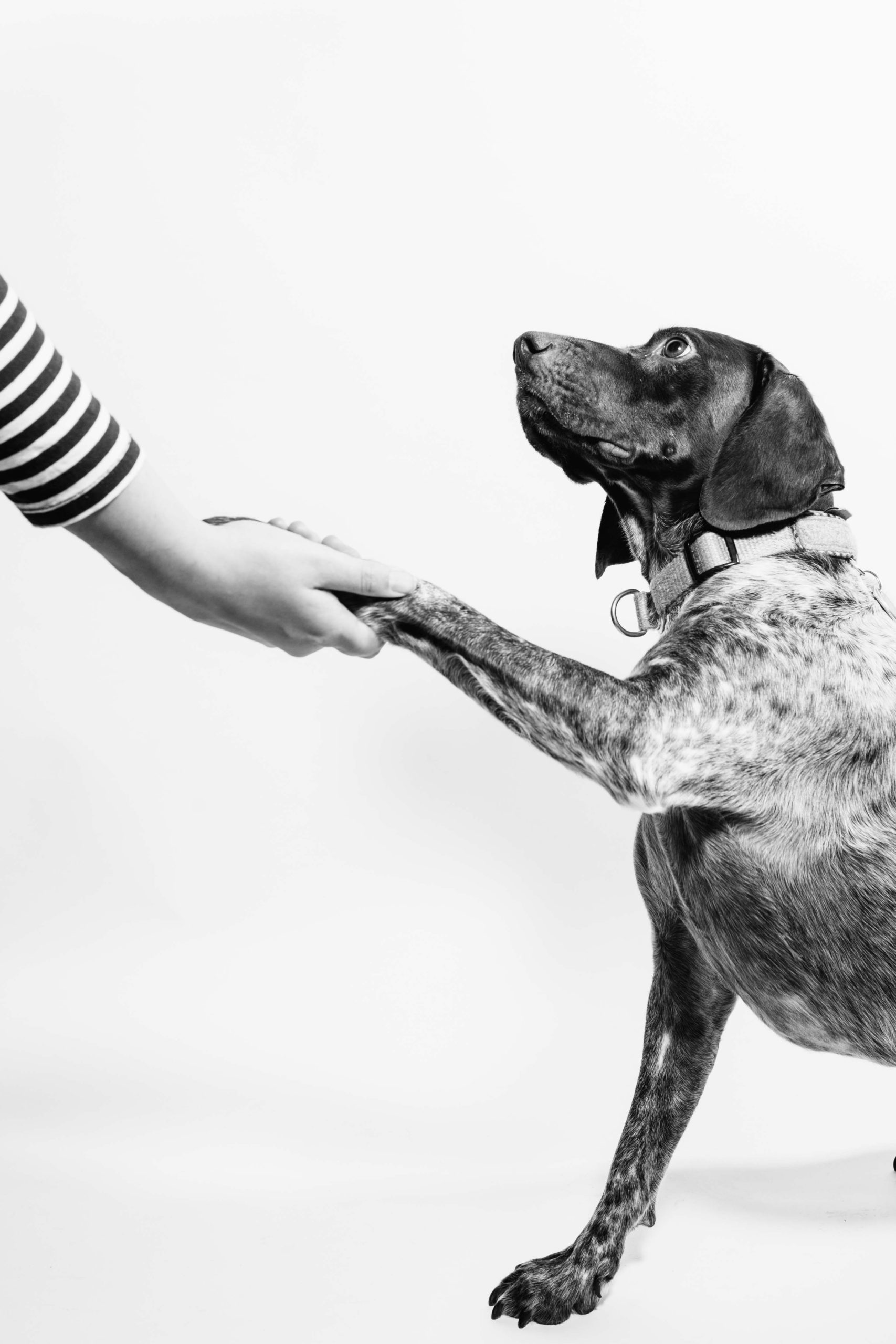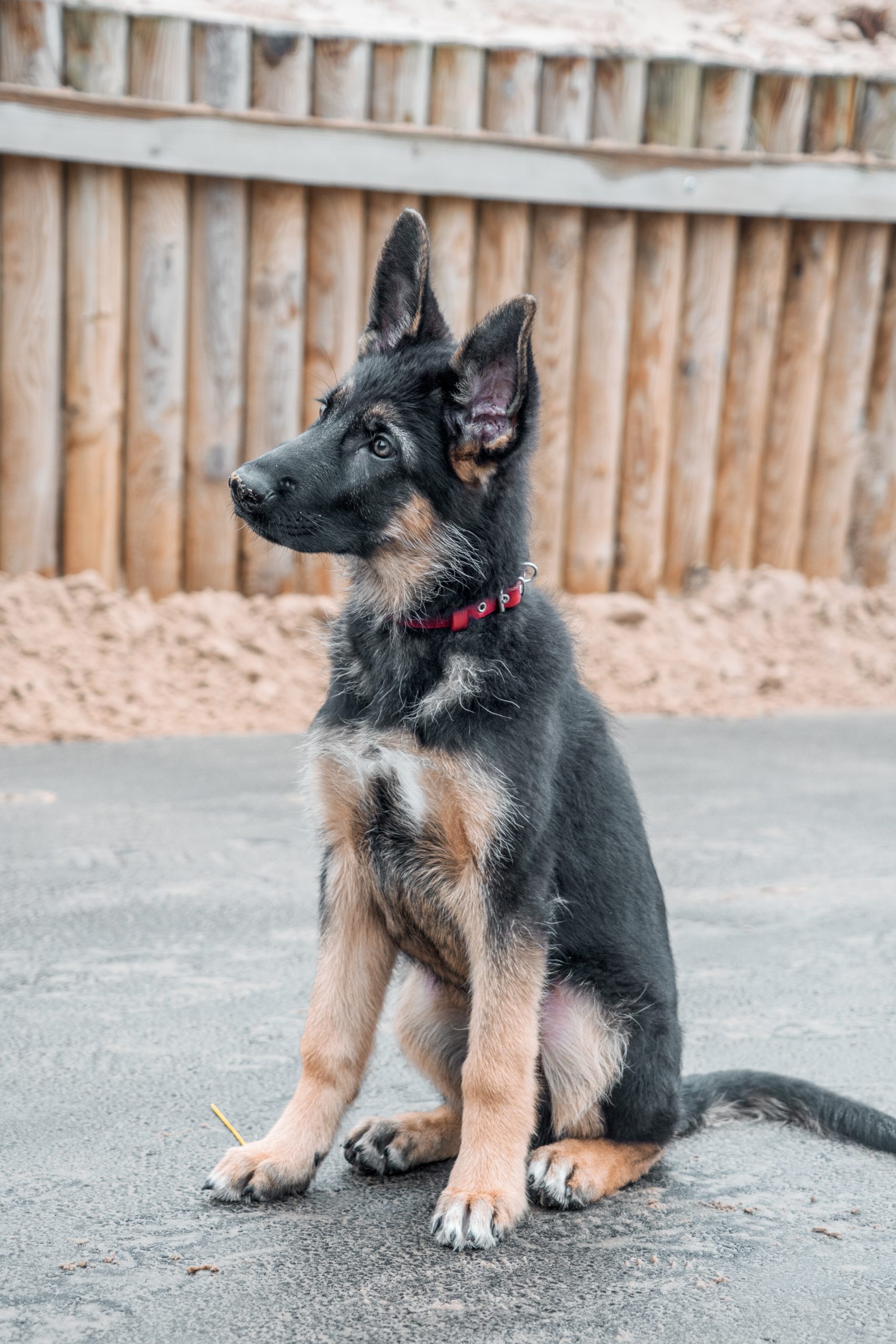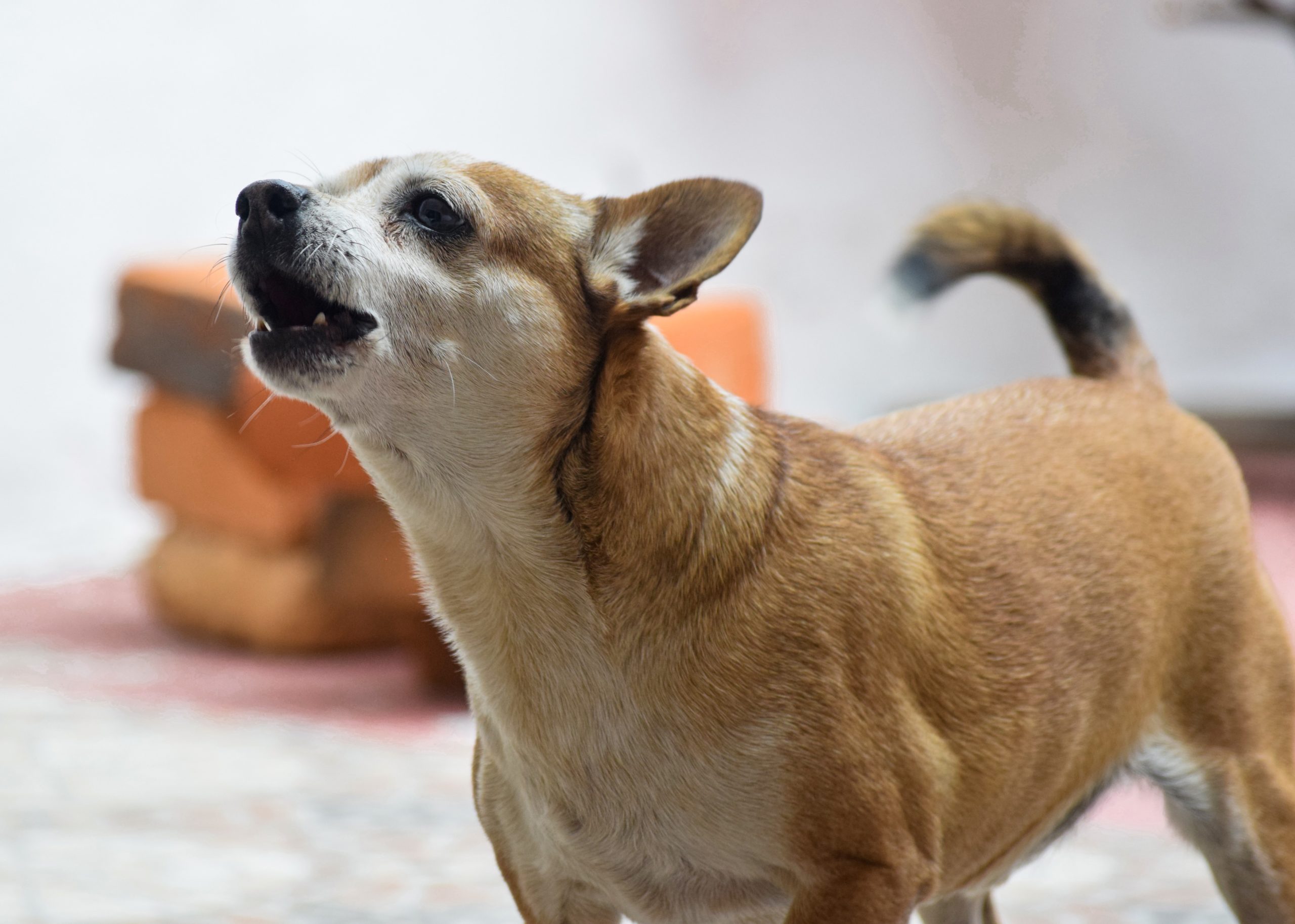Ever wondered how professional groomers reduce shedding and make dogs look so fabulous? Want to give your furry friend the perfect spa treatment without breaking the bank? Look no further! In this guide, we’ll spill the secrets of grooming like a pro right in the comfort of your own home. Discover how to reduce shedding, improve your dog’s hair coat, pamper their paws, and choose the right specific shampoo.
Bathe your dog to reduce shedding and keep them clean and healthy. Make it a salon-quality experience with our tips and techniques. Transform your bathroom into a canine oasis with the help of professional groomers.
Save time and money by mastering the art of dog bathing. No more expensive trips to professional groomers or waiting in long queues. You’ll have all the knowledge you need to reduce shedding and keep your furry companion’s hair coat looking its best at your fingertips.
So grab that rubber ducky and get ready to dive into the world of professional dog grooming. It’s time to unleash your inner groomer and make the bathing process a tail-wagging success in the designated bathing area.
The Importance of Proper Washing Techniques
Properly washing your dog with the right shampoo and rinse is essential for their overall well-being. It’s important to understand the techniques used by professional groomers to keep your furry friend clean and happy. Maintaining a designated bathing area will help ensure your dog’s health and hygiene.
Improper shampooing can lead to various issues, including skin irritations and shedding problems. Dogs have sensitive skin, and using harsh shampoos or incorrect rinsing methods can cause irritation, dryness, and even allergic reactions in pups. By learning how to properly shampoo and rinse your dog, you can help prevent these uncomfortable conditions.
When bathing your dog, start by ensuring you have all the necessary supplies within reach. Use warm water to bathe your dog instead of cold water as it helps relax their muscles and ensures a more comfortable experience. Avoid using the kitchen sink to shampoo your dog as it may be too high for smaller dogs or create anxiety due to unfamiliar surroundings. Instead, opt for a bathtub or invest in a designated dog-washing station.
One important part of proper washing techniques for your pup is thoroughly rinsing. Leaving shampoo residue on Fifi’s coat can lead to skin problems such as itchiness and irritation. Make sure to rinse all areas carefully until the water runs clear. Take extra care when rinsing sensitive areas like the face and belly. If you notice any issues, it’s best to consult a vet.
Groomers pay close attention to detail when washing pups because they understand that every step counts towards maintaining a shiny and healthy coat. They use high-quality shampoos specifically formulated for dogs, which help nourish the skin and maintain its natural moisture balance. Groomers often use cotton balls to protect sensitive ears from getting wet during bath time. Fifi and Easton are rewarded with a shiny and healthy coat after their grooming session.
After rinsing off all the shampoo, gently towel-dry your pup to remove excess water from their fur. It’s important not to rub vigorously as this can cause further irritation or tangle their coat. If your pup has long hair, consider using a blow dryer on low heat setting or allow them to air dry in a warm, draft-free area. Don’t forget to reward fifi with a treat for being such a good dog during bath time!
To make bath time a positive experience for your pup, use high-quality shampoo and create associations with treats and rewards. Offer small treats throughout the process to keep fifi engaged and motivated. This will help build positive associations with bathing and make future washes more enjoyable for both of you.
Pay attention to specific areas that may require extra care for your pup. For example, if Fifi has itchy skin or allergies, consider using hypoallergenic shampoos or medicated products recommended by your veterinarian as a reward. Be cautious when washing around any existing wounds or irritations to avoid further discomfort for Fifi.
Understanding Bathing Frequency for Optimal Dog Care
Determining how often you should shampoo your pup is crucial for their overall well-being. The frequency of baths depends on various factors such as the breed, activity level, and coat type of your furry friend. By understanding these factors, you can ensure that your dog stays clean and healthy without overdoing it.
Regular shampooing brings numerous benefits to your pup’s health. It helps in preventing fleas, ticks, and skin infections that can cause discomfort and irritation. A clean coat also reduces the risk of allergies and keeps fifi unpleasant odors at bay. However, it’s essential to strike a balance because over-bathing can have adverse effects.
One common misconception is that frequent baths are necessary for all dogs. While some breeds may require more frequent shampooing due to their specific needs, others might not need it as often. For instance, pups with oily coats or those prone to skin issues may benefit from more regular shampooing than others.
To determine the ideal bathing frequency for your dog:
- Consider their breed: Different breeds have different coat types and care requirements, including the frequency of shampooing. Research your dog’s breed or consult a groomer to understand how often they should be bathed with the appropriate shampoo.
- Assess their activity level: Dogs that spend a lot of time outdoors or engage in activities like swimming may get dirtier quicker and require more frequent baths with shampoo.
- Observe their coat type: Dogs with long or thick coats tend to trap dirt and debris easily, requiring more regular baths using shampoo compared to short-haired breeds in Easton.
Once you’ve determined the appropriate bathing schedule for your pup, it’s important not to overdo it with shampoo. Over-bathing can strip away essential oils from your dog’s coat, leading to dryness or irritation. This can result in itchiness and even skin problems if left unchecked.
To avoid this issue:
- Use a gentle shampoo specifically formulated for dogs.
- Rinse thoroughly after each bath to remove all traces of dog conditioner and wet dog.
- Consider using a shampoo and conditioner to keep your dog’s coat moisturized.
- Regularly brush your dog’s coat to distribute natural oils and maintain a healthy coat. Use a quality shampoo to further enhance the health of your dog’s coat.
Remember, every dog is unique when it comes to shampoo. What works for one dog may not work for another. If you’re unsure about the ideal shampooing frequency for your furry friend, consult with a professional groomer or veterinarian who can provide personalized advice based on their specific shampoo needs.
By understanding the factors that influence bathing frequency and debunking common misconceptions, you can ensure that your dog receives optimal care. So grab that shampoo, find the right balance, and give your furry friend a refreshing bath that keeps them looking and feeling their best!
Pre-Bath Brushing: Key Step for a Clean Coat
Brushing your dog before shampooing them is crucial for maintaining a clean and healthy coat. It helps remove loose hair and mats, benefiting the overall well-being of your furry friend.
Different techniques should be applied based on your dog’s coat type. For dogs with short coats, using a slicker brush can effectively remove loose hair and dirt. This type of brush has fine bristles that penetrate the topcoat without causing discomfort to your pet. On the other hand, dogs with long or curly coats may require an undercoat rake or comb to detangle their hair effectively.
One of the primary advantages of pre-bath brushing is its ability to distribute natural oils throughout your dog’s coat. These oils help keep their fur moisturized and add an appealing shine. By brushing before bathing, you ensure that these oils are evenly spread from the roots to the tips, resulting in a healthier-looking coat.
To make sure you’re using the right brush for your dog’s needs, consider their specific coat type. For example:
- Short-haired dogs: Utilize a slicker brush or rubber curry brush.
- Long-haired dogs: Opt for an undercoat rake or comb.
- Curly-haired dogs: A combination of slicker brushes and wide-toothed combs work best.
When brushing your dog before bathing, pay extra attention to areas such as their undercoat, chest area, head area, and tail base where tangles are more likely to occur. Gently work through any knots using slow and deliberate strokes rather than pulling forcefully at them.
If your dog tends to be anxious or fidgety during grooming sessions, distract them with something they enjoy like peanut butter on a spoon or treats placed strategically around the grooming area. This will help keep them occupied and make the brushing process more enjoyable for both of you.
Getting Your Dog in the Tub: Easy and Stress-Free Methods
Bathing your dog can sometimes be a challenging task, but with the right approach, you can make it an enjoyable experience for both of you.
We will also discover helpful tools such as non-slip mats or ramps that make bath time safer for both you and your pet. Let’s dive in!
Gentle Methods to Encourage Willingness
Many dogs may feel anxious or apprehensive. It is essential to create a calm environment and use positive reinforcement techniques to help them overcome their fears. Here are some tips on how to get your dog in the tub willingly:
- Start by introducing your dog to the bathroom gradually. Allow them to explore the space without any pressure.
- Use tasty dog treats or a favorite dog toy as incentives for getting your wet dog to willingly enter the bathroom for their bath with dog shampoo and conditioner.
- Associate positive experiences with bath time by giving tasty dog treats during grooming sessions or using soothing dog shampoo to create a relaxing atmosphere.
Tools for a Safer Bath Time
To ensure both you and your furry friend stay safe during bath time, consider using some helpful tools, like tasty dog food treats.
- Non-slip mats for tasty dog food treats: Place these mats at the bottom of the tub to provide traction and prevent accidents.
- Ramps: If your dog has difficulty climbing into the tub, using a ramp can make it easier for them to access it without straining themselves.
By incorporating these tasty dog food treats into your bathing routine, you can minimize stress and potential injuries.
Positive Reinforcement Techniques
Positive reinforcement plays a crucial role in creating a pleasant bathing experience for your dog. Here are some techniques you can try:
- Reward good behavior: When your dog enters the tub willingly or remains calm throughout the process, offer praise and treats as rewards.
- Use soothing words: Speak softly and reassuringly while bathing your dog. This will help create a calm atmosphere and alleviate any anxiety they may feel.
- Take breaks if needed: If your dog becomes overwhelmed, allow them to take short breaks outside the tub. This will prevent them from associating bath time with stress.
Gradual Introduction to Bath Time
Introducing your dog to the bathing process gradually can make it less overwhelming for them. Follow these steps for a stress-free experience:
- Start by letting your dog explore an empty tub without water. Allow them to sniff and investigate at their own pace.
- Once the tasty dog is comfortable being in the dry tub, introduce small amounts of water during subsequent sessions with dog food treats.
- Gradually increase the water level over time as your dog becomes more accustomed to the sensation.
Choosing the Right Shampoo and Conditioner: A Complete Guide
Choosing the right shampoo and conditioner for your dog is crucial to maintaining their overall health and well-being. Dogs have different skin types, just like humans, so it’s important to select products that are specifically formulated for them.
In this guide, we will explore the importance of using specific shampoos and conditioners for dogs, discuss different types of shampoos based on your dog’s skin condition, highlight key ingredients to look for in dog shampoos, and provide options for hypoallergenic or natural shampoos if your dog has allergies or sensitivities.
Understanding the importance of selecting shampoos and conditioners specifically formulated for dogs is the first step in ensuring proper bathing care. Regular human shampoos can be too harsh on a dog’s sensitive skin and may cause irritation or dryness. Dog-specific products are designed to cater to their unique needs, providing gentle cleansing while maintaining a healthy coat and skin.
There are various options available. If your furry friend has dry skin, opt for moisturizing shampoos that help hydrate their coat and alleviate itchiness. Look out for ingredients like oatmeal or aloe vera which are known to soothe dry skin.
For dogs with sensitive skin, it’s best to use hypoallergenic shampoos that are free from potential irritants such as fragrances or artificial dyes. These gentle formulas minimize the risk of allergic reactions while still effectively cleaning your pup.
On the other hand, if your dog tends to have oily skin or frequently gets dirty due to outdoor activities, consider using clarifying shampoos that help remove excess oil and dirt buildup. These deep-cleansing products can leave your pet feeling fresh without stripping away essential oils.
When browsing through different shampoo bottles at the store or online, keep an eye out for key ingredients that promote a healthy coat and skin. Ingredients such as chamomile, lavender, or tea tree oil are known for their calming properties and can help soothe irritated skin. Shampoos containing healthy omega oils like fish oil can contribute to a shiny and lustrous coat.
If your dog has allergies or sensitivities, consider using hypoallergenic or natural shampoos. Hypoallergenic shampoos are specifically formulated to minimize the risk of triggering allergic reactions in dogs. Natural shampoos often contain organic ingredients that are gentle on the skin and free from harsh chemicals.
Drying Your Dog: Tips and Techniques for a Fluffy Coat
Drying your dog after a bath is an essential step to ensure their coat remains healthy and free from matting. However, it’s important to use effective methods that won’t cause discomfort or damage to your furry friend.
The Benefits of Using a High-Quality Pet Dryer
Towel drying may be the traditional method, but using a high-quality pet dryer offers numerous benefits. These powerful devices are specifically designed to remove excess moisture from your dog’s fur efficiently.
They help reduce shedding by blowing away loose fur while preventing it from spreading all over your house. Pet dryers can reach areas that towels might not effectively reach, ensuring thorough drying.
Air-Drying: A Natural Approach
Air-drying is one technique you can consider if you prefer a more natural approach or if your dog dislikes the noise of blow dryers. After gently towel-drying your wet dog, find a warm and well-ventilated area where they can air-dry comfortably.
It’s crucial to ensure they have access to water during this time as their body temperature may rise due to evaporation.
Blow-Drying with Low Heat Settings
If you opt for blow-drying, using low heat settings is vital to prevent any harm or discomfort to your furry companion. Start by selecting the lowest heat setting on your blow dryer and hold it at least six inches away from their coat.
Move the dryer in the direction of hair growth while fluffing up their fur with your fingers or a brush.
To make the experience enjoyable for them, introduce tasty dog food treats as rewards throughout the process. This positive reinforcement will help associate drying sessions with something pleasant and make future grooming sessions easier.
Preventing Matting and Promoting Coat Health
Proper drying techniques play a crucial role in preventing matting and tangling of your dog’s coat. When their fur remains damp for extended periods, it becomes prone to matting, which can be painful and challenging to remove. By ensuring thorough drying, you reduce the risk of matting while promoting overall coat health.
Different coat types may require specific drying methods. For example, dogs with long or thick coats may benefit from using a high velocity dryer to reach deeper layers and remove excess moisture effectively. On the other hand, dogs with sensitive or dry skin may need extra care during the drying process to avoid irritation.
Conclusion
Mastering the Art of Dog Bathing Like a Groomer is essential for maintaining your furry friend’s hygiene and overall well-being. By following proper washing techniques, understanding bathing frequency, engaging in pre-bath brushing, using the right shampoo and conditioner, and employing effective drying techniques, you can ensure that your dog enjoys a clean and fluffy coat.
Proper washing techniques are crucial to remove dirt, debris, and odor from your dog’s fur while ensuring their skin remains healthy. Understanding how often to bathe your dog is equally important as frequent bathing can strip their coat of natural oils, leading to dryness and irritation. Pre-bath brushing helps eliminate tangles and mats, resulting in a cleaner coat after bathing.
Getting your dog into the tub doesn’t have to be a struggle. With easy and stress-free methods such as positive reinforcement or using treats as incentives, bath time can become an enjoyable experience for both you and your pet. Choosing the right shampoo and conditioner tailored to your dog’s specific needs is vital for maintaining a healthy coat. Consider factors like allergies or sensitive skin when making this selection.
After bathing, drying your dog properly ensures they remain comfortable and prevents moisture-related issues such as fungal infections. Towel drying followed by gentle blow-drying on low heat can help achieve a fluffy coat without causing any harm.
In conclusion, by mastering these grooming techniques, you can provide professional-level care for your beloved canine companion at home. Regular baths contribute not only to their cleanliness but also to their overall health. So why wait? Take charge of your dog’s grooming routine today!
FAQs
Q: How often should I bathe my dog?
A: The frequency of bathing depends on various factors like breed type, activity level, and skin condition. Generally, most dogs benefit from a bath every 4-6 weeks.
Q: Can I use human shampoo on my dog?
A: It is not recommended to use human shampoo on dogs as it may disrupt the pH balance of their skin, leading to dryness and irritation. Opt for shampoos specifically formulated for dogs instead.
Q: Should I brush my dog before or after bathing?
A: It is ideal to brush your dog before bathing them as it helps remove loose hair, tangles, and mats. This allows for more effective cleansing during the bath.
Q: How can I make bath time less stressful for my dog?
A: Making bath time a positive experience can help reduce stress. Use treats, praise, and rewards to create a positive association with bathing. Gradual desensitization by introducing water gradually can also be helpful.
Q: Can I blow-dry my dog’s fur after bathing?
A: Yes, you can blow-dry your dog’s fur after towel drying. However, ensure that you use low heat settings and keep the dryer at a safe distance from their skin to prevent burns or discomfort.
Q: What should I do if my dog has sensitive skin or allergies?
A: If your dog has sensitive skin or allergies, consult with your veterinarian to determine the most suitable shampoo and conditioner options. They may recommend hypoallergenic products or specific ingredients to avoid.
Q: Is it necessary to use conditioner on my dog’s coat?
A: While not always necessary, using a conditioner can help improve the texture and manageability of your dog’s coat. Choose a conditioner formulated specifically for dogs and follow the instructions provided.
Remember that each dog is unique, so consider their individual needs when implementing these grooming practices.



